
Cities with the fastest growing populations—and how the real estate market has changed in each
This story originally appeared on Upnest and was produced and distributed in partnership with Stacker Studio.
Cities with the fastest growing populations—and how the real estate market has changed in each
The COVID-19 pandemic wildly affected supply and demand in the real estate market, exacerbating the existing housing shortage while driving demand as mortgage rates dropped to record lows. American homeowners with mortgages saw their equity increase by 19.6% between the first quarter of 2020 and 2021, representing a cumulative gain of $1.9 trillion. Those in the market to buy or sell a home in the last year likely witnessed the housing boom firsthand: There are numerous accounts of buyers paying hundreds of thousands above the asking price or even supplementing offers with cryptocurrency or vacation offers.
With more workers going fully remote, many people have the flexibility to move to suburban areas and smaller cities like Denver that were already gaining in popularity pre-pandemic. The West and South are the fastest-growing regions of the last decade, according to census data. Many larger counties have grown more populous, while many smaller ones have declined in population.
UpNest compiled census population data between 2010 and 2019, the most recent year available, to find the fastest-growing metropolitan areas. Combining this data with the Purchase-Only Housing Price Index, which measures the average change in prices of single-family homes, UpNest found how the housing market has changed across the 15 fastest-growing metro areas. The Housing Price Index includes non-seasonally adjusted data from the first quarter of 2010 to the first quarter of 2021, the most recently uploaded data.
Keep reading to find out which states are seeing the highest population growth and how that growth affects the housing market in these states.
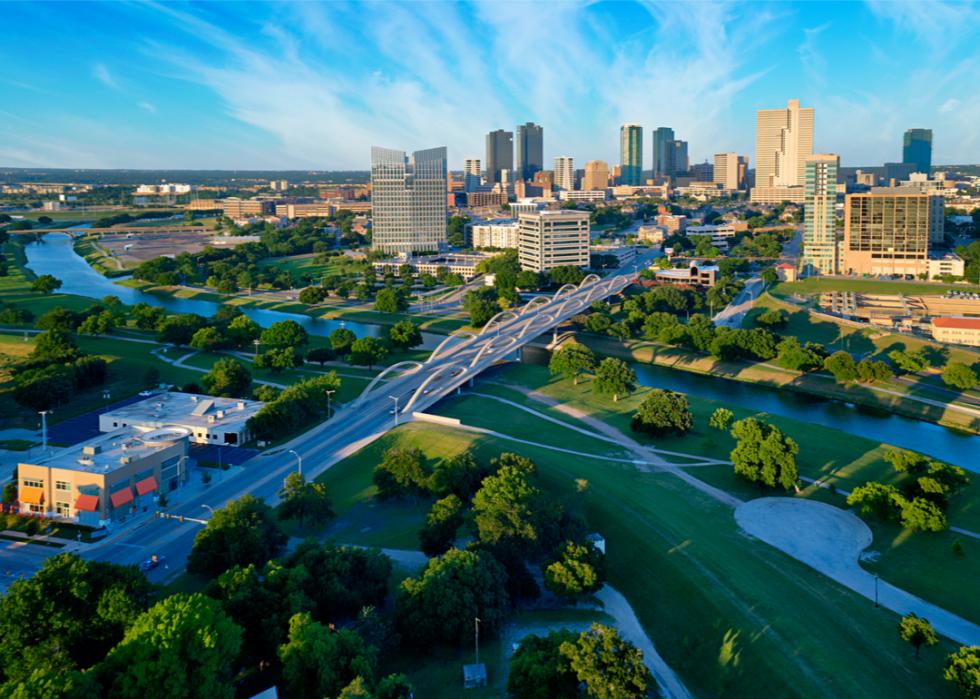
#15. Fort Worth-Arlington-Grapevine, Texas (MSAD)
- Population growth (2010-2019): 16.1%
- 2010 non-seasonally adjusted Housing Price Index: 159.82
- 2021 non-seasonally adjusted Housing Price Index: 320.87
- Change in Housing Price Index (2010-2021): 100.8%
During the 1970s, Fort Worth was one of the top cattle markets in the country and had long been recognized for its livestock. The city continues to recognize its history by holding “the world's only twice-daily cattle drive.” Today, Fort Worth is home to an impressive array of Fortune 500 companies like American Airlines and AT&T and boasts a cost of living that’s below the national average.
The area has been growing for years and is expected to reach a population of 1.2 million by 2040. While the growth means jobs and stability for many, Fort Worth residents do unfortunately experience congested traffic as well as a lack of funding in some sectors.
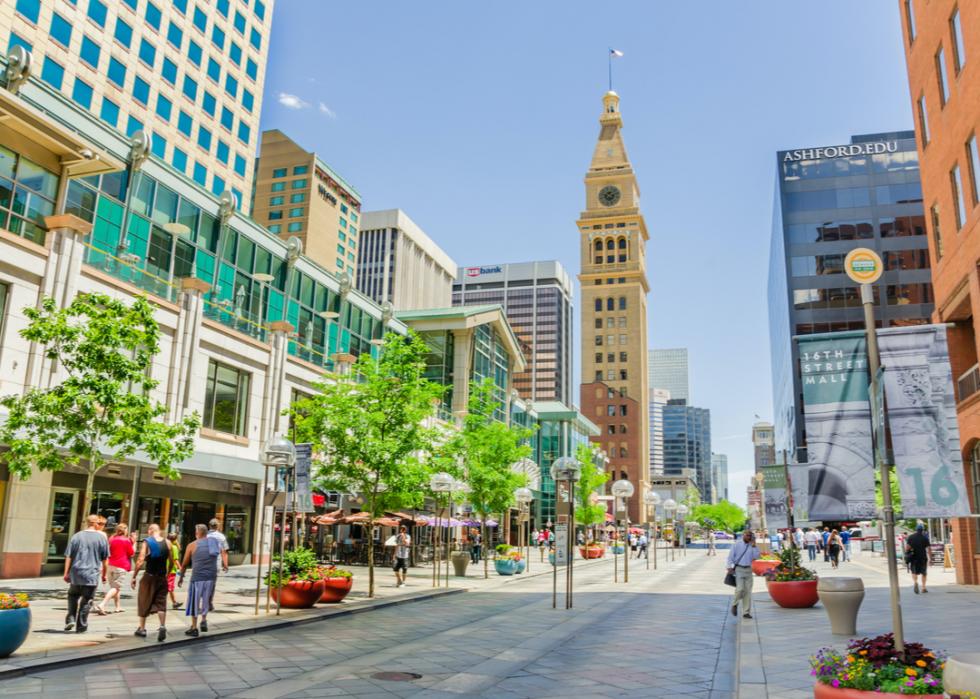
#14. Denver-Aurora-Lakewood, Colorado
- Population growth (2010-2019): 16.2%
- 2010 non-seasonally adjusted Housing Price Index: 260.9
- 2021 non-seasonally adjusted Housing Price Index: 617.21
- Change in Housing Price Index (2010-2021): 136.6%
Of all the people who have been looking to move throughout the COVID-19 pandemic, 29% of them searched Denver as a possible place to call their new home. The average closing price for single-family homes in the area is hovering at $560,000. As Denver gains popularity, landing that dream home is becoming increasingly difficult amid steep competition. In March of 2021, the average home was on the market for just 19 days before being scooped up—that's 36% less time than in March 2020.
Part of what makes buying a home in Denver so competitive in 2021 is that sellers often give priority to buyers who can pay above the asking price, and in cash. Additionally, buyers choosing to purchase second homes or investment homes in Denver increased by 44% in 2020.
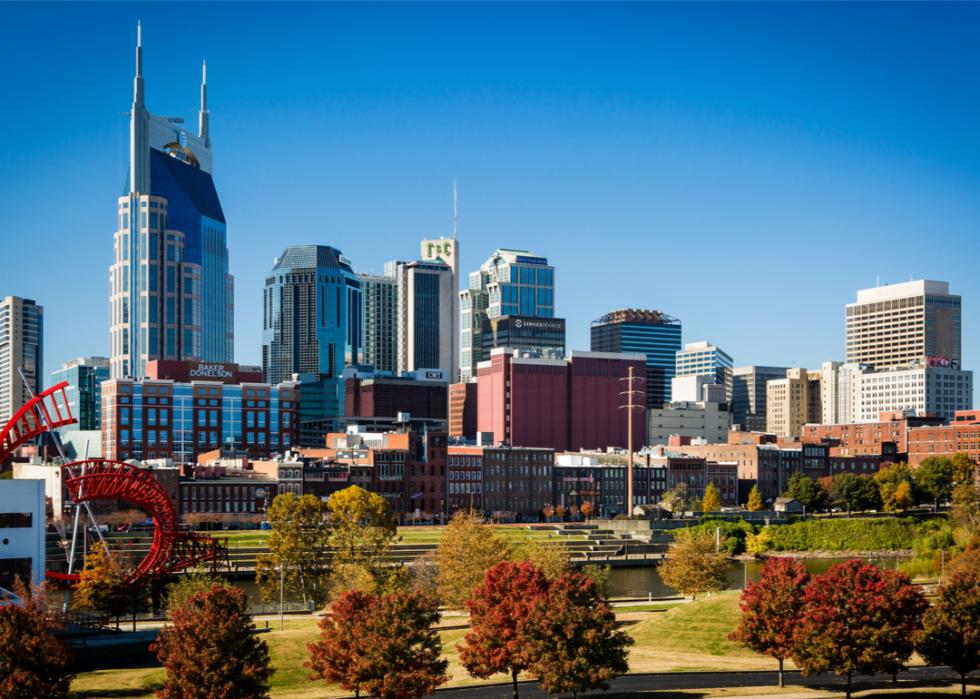
#13. Nashville-Davidson-Murfreesboro-Franklin, Tennessee
- Population growth (2010-2019): 17.2%
- 2010 non-seasonally adjusted Housing Price Index: 200.54
- 2021 non-seasonally adjusted Housing Price Index: 424.34
- Change in Housing Price Index (2010-2021): 111.6%
Prospective buyers need to act fast if they want to purchase a Nashville home during the summer of 2021. Supply is at a historic low, but demand in the market continues to grow.
As a result, homes tend to receive 25 to 30 offers all while being on the market for less than a week. In May 2021, homes sold on average for $30,000 above the seller’s asking price. The average home in the “Music City” is now selling for $320,818, which is 11% higher than the selling price in April 2020.

#12. Charlotte-Concord-Gastonia, North Carolina-South Carolina
- Population growth (2010-2019): 17.2%
- 2010 non-seasonally adjusted Housing Price Index: 171.51
- 2021 non-seasonally adjusted Housing Price Index: 330.19
- Change in Housing Price Index (2010-2021): 92.5%
The housing market is extremely competitive in Charlotte. Low mortgage rates during the COVID-19 pandemic might make it easier for some to become homeowners and the rise of remote work is bringing thousands to Southern cities like this one.
Charlotte also boasts a lower cost of living than some major American cities. As of January 2021, the average home in Charlotte was selling for $295,000. However, low inventory means that buying a single-family home in Charlotte will remain competitive—and a seller’s market.
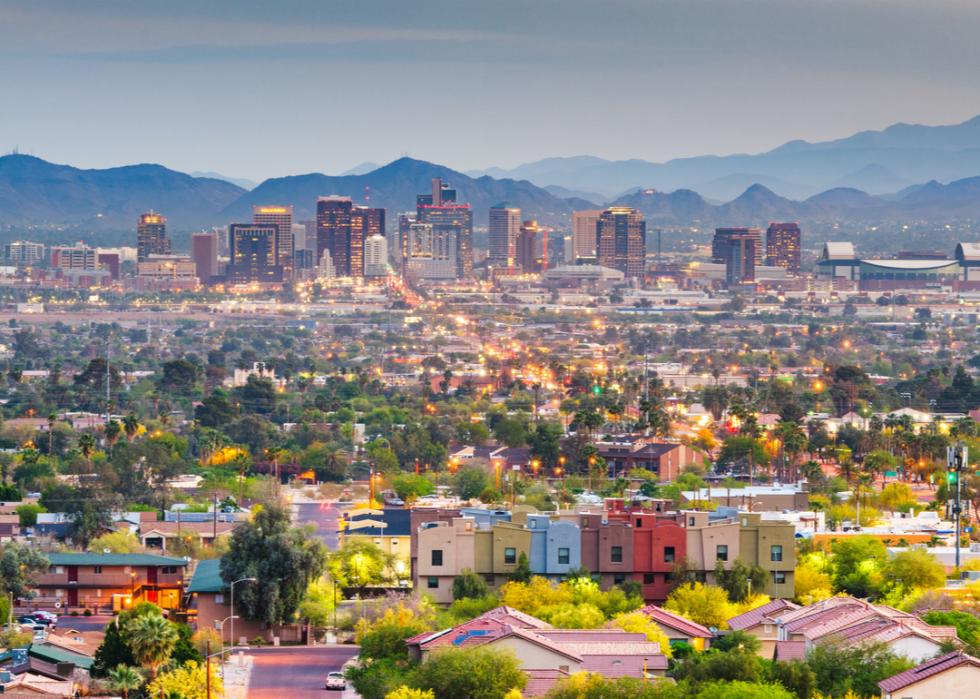
#11. Phoenix-Mesa-Chandler, Arizona
- Population growth (2010-2019): 17.7%
- 2010 non-seasonally adjusted Housing Price Index: 186.06
- 2021 non-seasonally adjusted Housing Price Index: 459.97
- Change in Housing Price Index (2010-2021): 147.2%
On U-Haul’s list of which states Americans are using U-Hauls to move to the most, Arizona ranked at #5, particularly because of its climate and lower cost of living. In June of 2020, it was estimated that Phoenix had about one week’s supply of homes available.
To keep up with increasing demand, it’s predicted that roughly 25,000 new houses would have to be built in Phoenix to improve the supply chain. The housing boom is coinciding with the state’s heatwave, but even consistent triple-digit temperatures haven’t slowing the construction of homes. Supply, however, is unlikely to meet demand for several years—especially as the population grows.
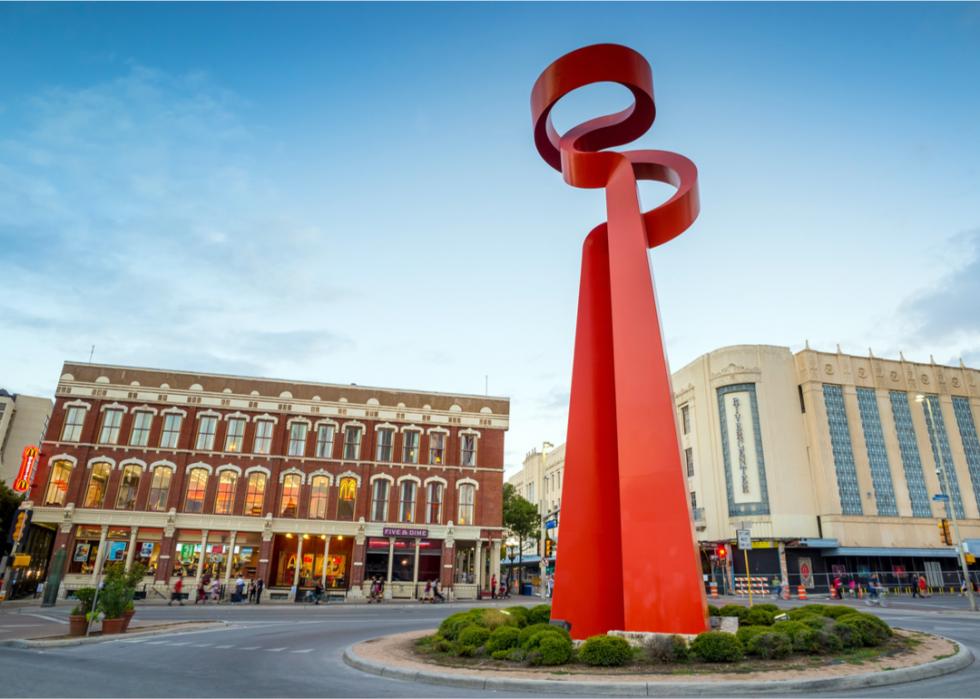
#10. San Antonio-New Braunfels, Texas
- Population growth (2010-2019): 18.5%
- 2010 non-seasonally adjusted Housing Price Index: 202.66
- 2021 non-seasonally adjusted Housing Price Index: 370.93
- Change in Housing Price Index (2010-2021): 83.0%
Texas leads the country in population growth. People moving to Texas from elsewhere between 2019 and 2020 comprised 58% of the state's population growth.
San Antonio is the second-biggest city in the state by population, benefiting from a large number of migrant workers, a high birth rate, and a low death rate. It's also a big draw for people looking to relocate within the U.S., with no state income tax and a cost of living about 14% lower than the national average. high The city's housing market was already experiencing shortages before the COVID-19 pandemic, but the past year has seen prices increase and supply dwindle. New home construction is accelerating, with the San Antonio-New Braunfels area ranking sixth among the 50 most in-demand, new-home markets.

#9. Houston-The Woodlands-Sugar Land, Texas
- Population growth (2010-2019): 18.8%
- 2010 non-seasonally adjusted Housing Price Index: 197.32
- 2021 non-seasonally adjusted Housing Price Index: 347.67
- Change in Housing Price Index (2010-2021): 76.2%
In January 2020, 61% of Houston residents said that they would be able to afford monthly payments on an average-priced home in the city. Confidence grew a year later, with 66% of residents in January 2021 reporting confidence in the affordability of the average home, which can be attributed at least in part to rock-bottom interest rates.
By April 2021, interest rates rose to 3% and may continue to increase in 2022. If this happens, 40,000 more potential home buyers could be priced out of buying a home in the city—particularly if demand stays high and construction costs remain inflated.
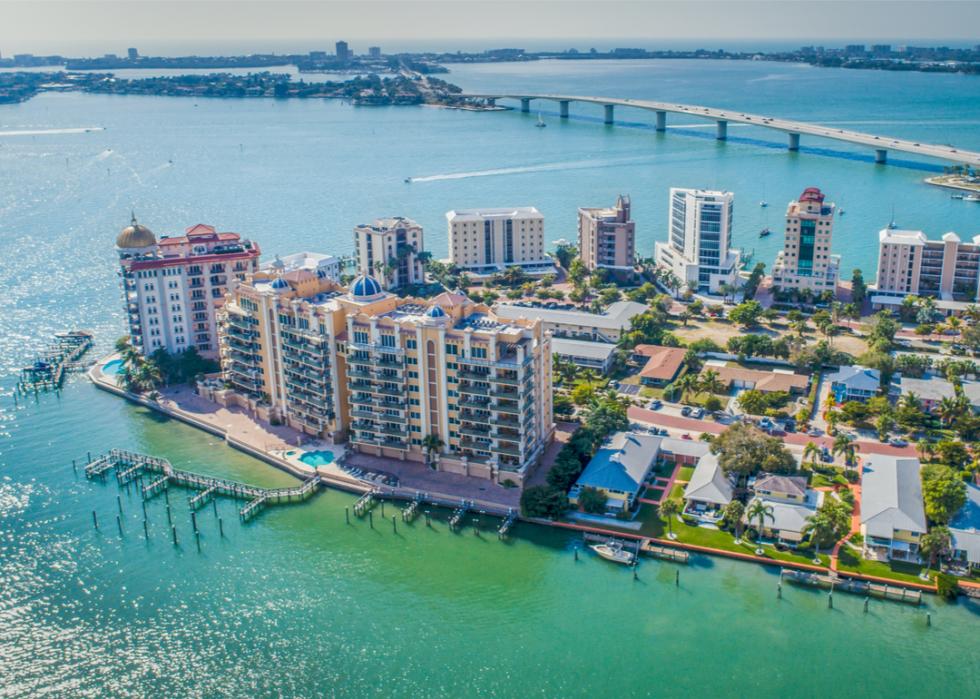
#8. North Port-Sarasota-Bradenton, Florida
- Population growth (2010-2019): 19.0%
- 2010 non-seasonally adjusted Housing Price Index: 172.59
- 2021 non-seasonally adjusted Housing Price Index: 391.24
- Change in Housing Price Index (2010-2021): 126.7%
The Sarasota metro area has seen lots of demand for the low supply of housing it has, especially from out-of-towners who want to maximize working remotely while enjoying the beach. In August 2020, sales of single-family houses reached $425.7 million, which is 52% higher than in 2019. As of August 2020, the supply of homes rested at 2.2 months, a drop from 3.5 months in 2019, and far away from the six-month mark that illustrated a well-balanced market.
Sarasota County's median sales price for a single-family home reached a new record in May 2021 of $407,000. Manatee County's median sales price fell to $400,000 that same month, down from $405,000 in April 2021. To meet the demand—and predictions of continued population growth in years to come—numerous proposals for additional developments in the area have been submitted, three of which would create at least 7,000 new homes.
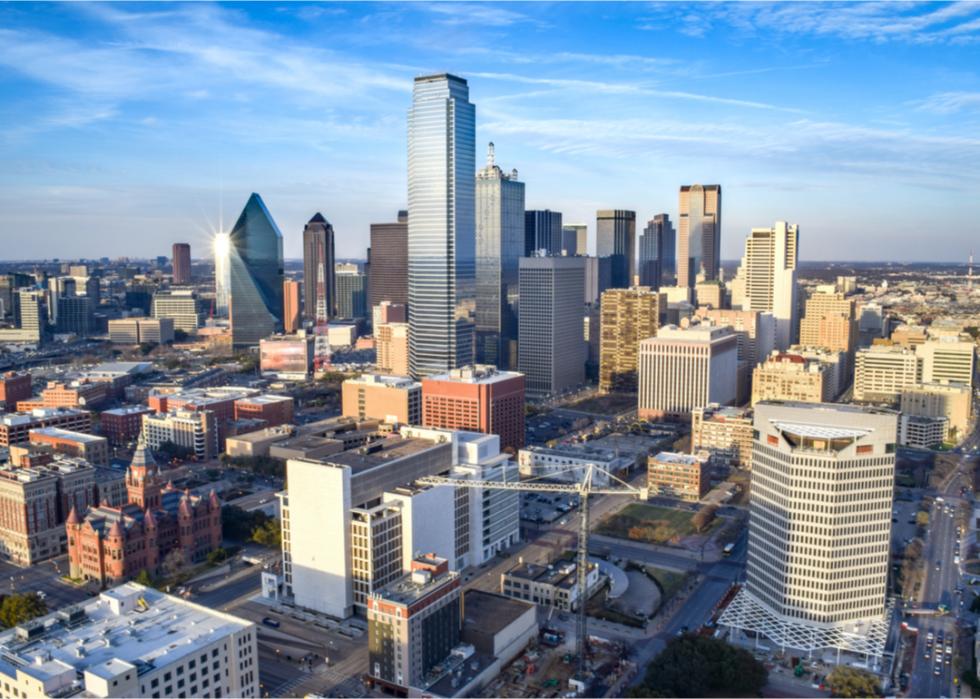
#7. Dallas-Plano-Irving, Texas
- Population growth (2010-2019): 19.7%
- 2010 non-seasonally adjusted Housing Price Index: 168.7
- 2021 non-seasonally adjusted Housing Price Index: 338.31
- Change in Housing Price Index (2010-2021): 100.5%
Dallas is a popular destination for people choosing to relocate, offering strong arts and cultural attractions and good school systems, as well as relative affordability compared to many larger cities. It’s also a potentially wise investment for recent college grads, due to the host of Fortune 500 companies perched in the area.
The average starting salary for entry-level grads in the city is $38,000. But securing a home is difficult, with the Dallas area among the highest real estate markets in the nation, and the inventory of homes seeing a decrease by 69% as of March 2021. Like much of the rest of the state, the Dallas area is experiencing explosive population growth disproportionate to the housing supply.
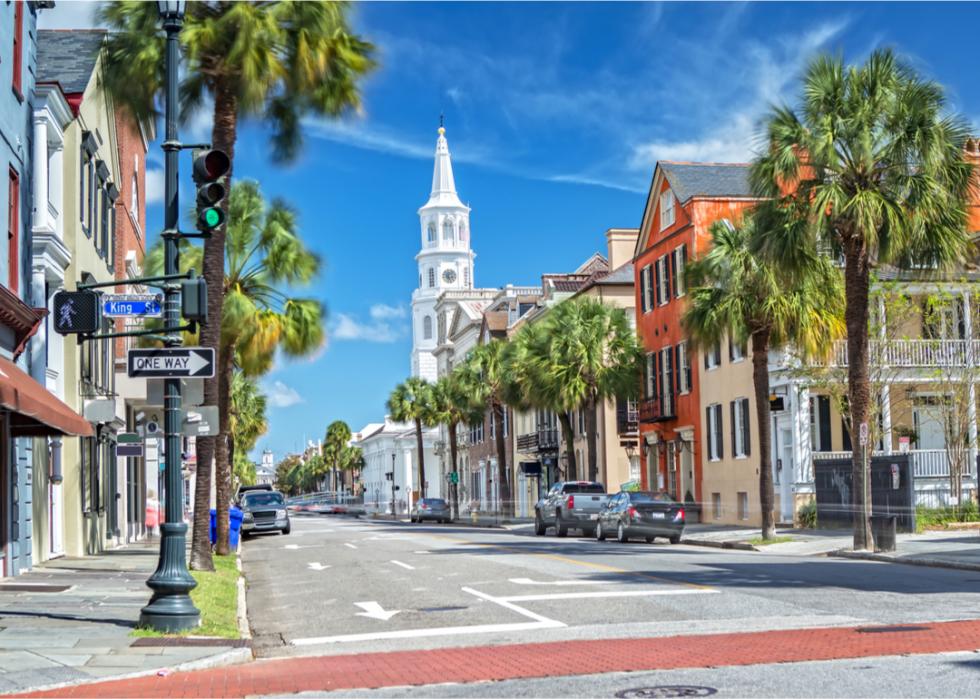
#6. Charleston-North Charleston, South Carolina
- Population growth (2010-2019): 20.2%
- 2010 non-seasonally adjusted Housing Price Index: 236.29
- 2021 non-seasonally adjusted Housing Price Index: 432.68
- Change in Housing Price Index (2010-2021): 83.1%
In January 2021, Charleston reached its lowest levels of houses available on the market in 20 years, with just 2,300 homes for sale. High demand drove housing prices up 16%.
The median home price in Charleston rests around $300,000, compared to more than $375,000 nationally for single-family homes. This means that the average home in Charleston is considered relatively affordable, although buyers still have to contend with a competitive market that lags behind in supply and has already priced many people out of the market.

#5. Boise City, Idaho
- Population growth (2010-2019): 21.3%
- 2010 non-seasonally adjusted Housing Price Index: 192.88
- 2021 non-seasonally adjusted Housing Price Index: 580.85
- Change in Housing Price Index (2010-2021): 201.1%
While Boise had been seeing out-of-state migration over the past several years, it saw a surge in out-of-staters moving to Boise in 2020. In a sign of the times, 27.5% more Californians moved to Boise in 2020 than in 2019. Additionally, in-state migration—people from within Idaho moving to Boise City—increased by 5.6% in 2020.
Overall, the percentage of people moving to Idaho from outside the state increased by 21% in 2020. These movements are reflective of trends that were already happening, and could also be attributed to many movers’ desire to live in less-densely crowded areas during COVID-19.
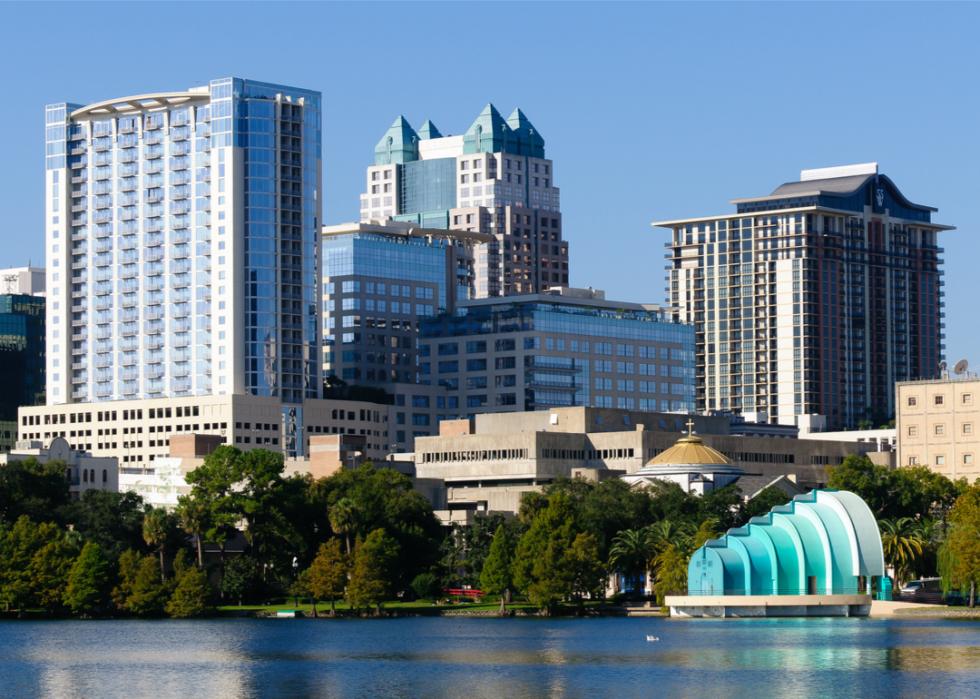
#4. Orlando-Kissimmee-Sanford, Florida
- Population growth (2010-2019): 21.9%
- 2010 non-seasonally adjusted Housing Price Index: 163.47
- 2021 non-seasonally adjusted Housing Price Index: 333.98
- Change in Housing Price Index (2010-2021): 104.3%
Orlando's housing market leaves much to be desired for buyers in 2021. In April 2021, the median housing value climbed by an extra $10,000 while supply fell by 7.8%, leaving just 2,655 homes available on the unbalanced market. With inventory being at its lowest since 1995, and the average house selling within three weeks, buyers in Orlando have to juggle patiently waiting out opportunities with acting fast when the right deal shows up.
It will likely take some time before supply and demand become more or less equal. Population, meanwhile, will continue to climb in the popular Sunshine State area, as it has for the past decade.
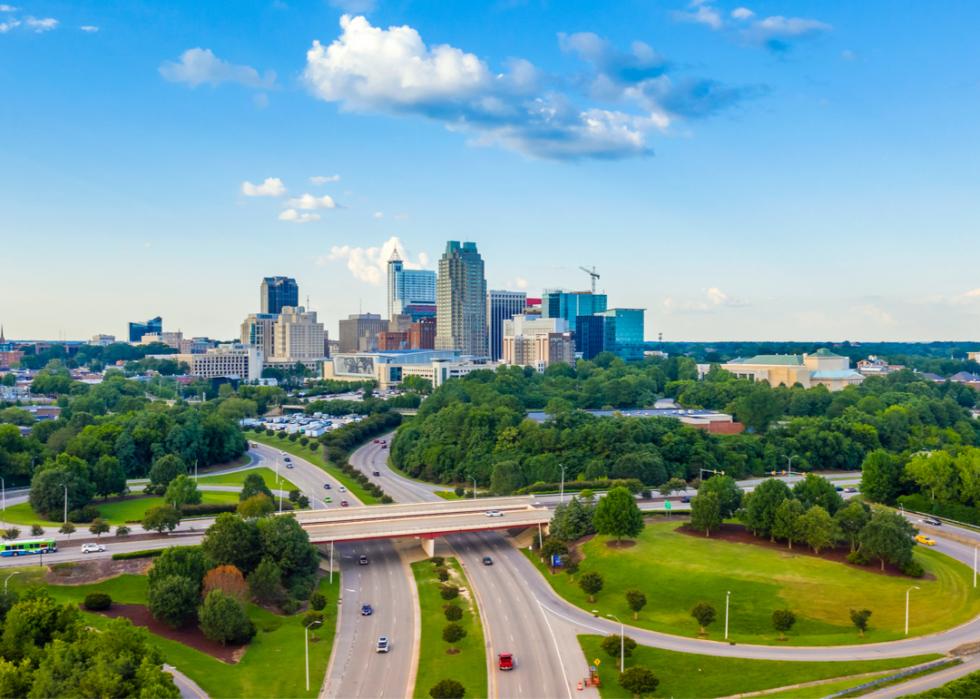
#3. Raleigh-Cary, North Carolina
- Population growth (2010-2019): 22.3%
- 2010 non-seasonally adjusted Housing Price Index: 186.73
- 2021 non-seasonally adjusted Housing Price Index: 323.23
- Change in Housing Price Index (2010-2021): 73.1%
One draw for potential buyers in Raleigh is the availability of land buyers can develop. In addition, Raleigh boasts economic stability, solid employment, and opportunities for leisure and culture.
The influx of buyers in Raleigh drove down inventory by 55% in the last year, with 38% of homes sold above the listing price.

#2. Cape Coral-Fort Myers, Florida
- Population growth (2010-2019): 24.2%
- 2010 non-seasonally adjusted Housing Price Index: 142.82
- 2021 non-seasonally adjusted Housing Price Index: 318.96
- Change in Housing Price Index (2010-2021): 123.3%
There were nearly 3,000 homes on the market in Cape Coral in April 2019. In April 2021, just 392 were available. This points to the dearth of inventory in the area, but also to the rising construction costs: The price tag for lumber increased by 80% since April 2020 and is only now starting to come back down.
To rebuild the splintered housing market, the area will need to ensure that more construction projects take place. Cape Coral and Fort Myers are seeing the largest population numbers on record, with explosive growth in the past decade.

#1. Austin-Round Rock-Georgetown, Texas
- Population growth (2010-2019): 28.9%
- 2010 non-seasonally adjusted Housing Price Index: 262.93
- 2021 non-seasonally adjusted Housing Price Index: 620.52
- Change in Housing Price Index (2010-2021): 136.0%
With its comparatively lower taxes, robust employment opportunities including high-skilled tech jobs, and vibrant dining and arts and culture scenes, it’s easy to see why Austin is the fastest-growing city in America. As of 2021, the local population is at 2,295,303, which represents a 3% increase from the year before. In particular, many workers left Silicon Valley in favor of Austin, where Tesla is now located.
Given its population boom, the housing market in Austin is also one of the most competitive in the entire country. Some houses are selling for hundreds of thousands of dollars above the asking price, and prices overall have increased 40% since April 2020. With an ever-increasing population and scarce housing, those figures are unlikely to come down any time soon.



